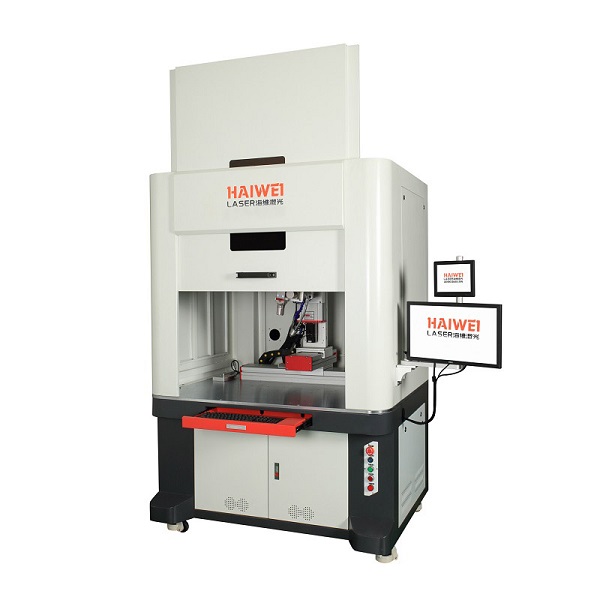Plastic Laser Welding Machine: Precision Joining for Sensitive Applications
In industries where appearance, cleanliness, and dimensional stability matter, the plastic laser welding machine offers a reliable alternative to traditional joining methods like ultrasonic or vibration welding.

Clean, Aesthetic, and Structurally Sound Joints
One of the main advantages of a plastic laser welding machine is its ability to produce smooth, visually clean welds without flash or surface deformation. The non-contact process applies minimal mechanical stress and localizes heat precisely at the joint interface, reducing thermal impact on surrounding areas. This makes it ideal for medical devices, consumer electronics, and automotive interior components.
Real-Time Process Monitoring
Advanced systems integrate CCD cameras for alignment verification and temperature sensors for in-situ monitoring. This allows operators to track weld formation and detect anomalies during the process, improving consistency and traceability—especially important in regulated industries.
No Degradation or Contamination
Unlike mechanical methods, laser welding doesn’t generate particulates or cause material degradation. There’s no tool wear, and the enclosed process keeps the weld zone free from debris, maintaining high hygiene standards and avoiding contamination in sensitive applications.
Material Compatibility
The plastic laser welding machine works well with common thermoplastics such as ABS, PP, PE, PA, PC, PS, PVC, PBT, POM, PET, and PMMA. It also supports many modified engineering plastics. Success depends on proper pairing of transparent and absorbing materials, along with optimized transmission laser welding (TLW) parameters.
For manufacturers seeking high-quality, repeatable plastic joints with minimal post-processing, investing in a plastic laser welding machine provides a scalable, efficient solution that aligns with modern production demands. Companies like Haiwei Laser offer robust systems, precise control, and responsive technical support for reliable integration and operation.
Recent Posts
- What are the advantages of laser welding machines in lithium battery pack production lines?
- What issues should be noted when choosing a lithium battery pack production line?
- Quality Inspection and Control of Lithium Battery Module Pack Production Line
- Cell grouping and sorting process in lithium battery module pack production line
- What are the safety hazards of lithium battery pack production lines and how can they be prevented?
INQUIRY

